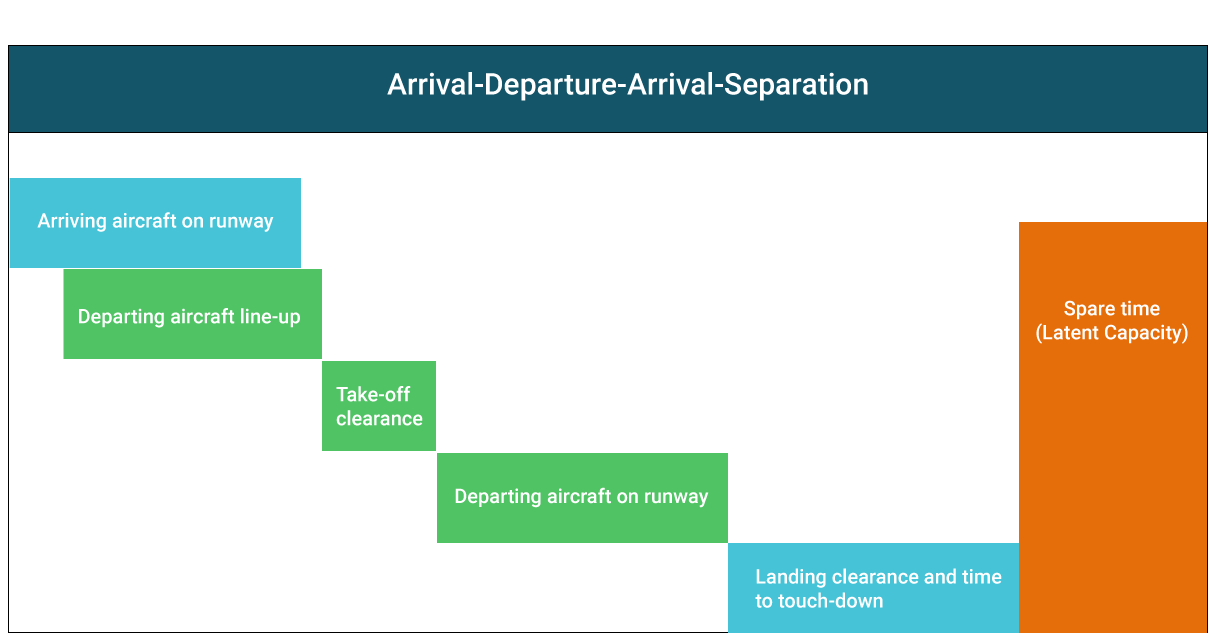How can this benefit airports?
As an airport you can use this data to:
- Engage with stakeholders. By identifying areas of best practice to drive performance or set targets for improvements. This helps demonstrate the viability and fluidity of the airport with airlines, which can result in faster recovery of income.
- Improve recovery times. Through maintaining flight efficiencies, airlines can work to an adapted schedule to ensure consistent resourcing.
- Drive cost-benefit recovery programmes. When combined with Fast-Time Simulation, an Operational Performance Summary can drive “what-if” modelling to demonstrate the impacts of re-opening runways, taxiways, stands or terminals.
- Enhance performance-related changes. Information can be used to develop metrics that model a range of scenarios on how to improve airport performance during the recovery phase and beyond.
How an Operational Performance Summary can help in a mixed mode operation
NATS recently completed an Operational Performance Summary at an airport which operates a single runway, in mixed mode. One of the many metrics measured was runway occupancy time which allowed NATS to calculate the “Service Rate” of the runway. The service rate is the theoretical number of movements that can be handled in an hour and is an indicative calculation based on average aircraft performance on the runway.
What this showed was that the current spacing between an arriving aircraft, a departure and the next arriving aircraft resulted in a period of “spare” runway time, This spare time means the runway or the ATM system isn’t being used efficiently which may result in late arrivals or unnecessary delays to departures. In short it was directly contributing to the airport not operating to plan; but if this spare time could be reduced or eliminated, this simple efficiency will drive an improved On Time Performance.
Aside from improving individual performance this will also assist with the elimination of excessive fuel burn for airlines.

Whilst traffic levels are quieter, by maintaining an efficient operation at the airport, delays in the network are less likely to occur resulting in less holding, lower fuel burn and less risk to achieving On Time Performance. Furthermore, the decisions on when to reopen assets can be further informed and backed up through the use of data.